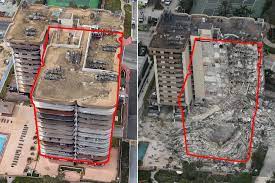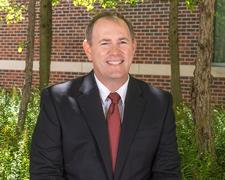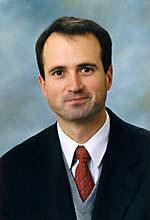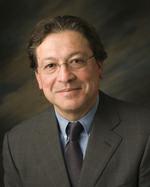
WEST LAFAYETTE – As an investigation continues into what caused a 13-story condo near Miami to collapse on Thursday, Purdue University experts on building structure and foundation can offer insights.

Robert Frosch is a professor of civil engineering and senior associate dean of engineering for facilities and operations at Purdue. Frosch has more than 20 years of experience developing structural concrete building codes. As a member of the American Concrete Institute (ACI) Building Code Committee, Frosch is involved in writing the model code that is adopted across the U.S. and many other countries across the world for the design and construction of structural concrete buildings.

“The condo building in Florida experienced what’s called a ‘progressive collapse, which is similar to what happened to the World Trade Center,” Frosch said. “When a floor collapses, the weight of that slab doubles the weight of the floor below it. This type of failure is extremely rare. We have provisions in the building code to minimize the risk of this type of failure.”
Rodrigo Salgado, Purdue’s Charles Pankow Professor of Civil Engineering, has studied how to design and construct foundations for various types of structures for 30 years. He is the author of The Engineering of Foundations and the editor in chief of the Journal of Geotechnical and Geoenvironmental Engineering of the American Society of Civil Engineers (ASCE).

“There were reports of cracks in the superstructure of the condo building and possibly some foundation movement. Cracks can be a cause or a symptom of building pathology,” Salgado added. “If you have cracks opening up, water can get in, corrode steel reinforcement, and that may lead to failure. But if you start getting movement at the foundation, those movements distort the building, and that leads to cracking. Excessively wide cracks, particularly in certain locations, are an indicator of a structure in distress.”
Julio Ramirez, Purdue’s Karl H. Kettelhut Professor of Civil Engineering, has more than 30 years of experience in earthquake and structural engineering design for buildings and bridges. He has led or participated in 15 posthazard data collection missions after major earthquakes in the U.S. and around the world.

“Having a building that is only 40 years old collapse like that is unbelievable, and often a failure like that is a combination of factors, not necessarily a single one,” said Ramirez.



